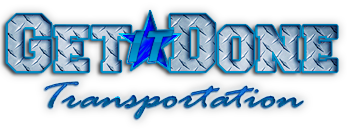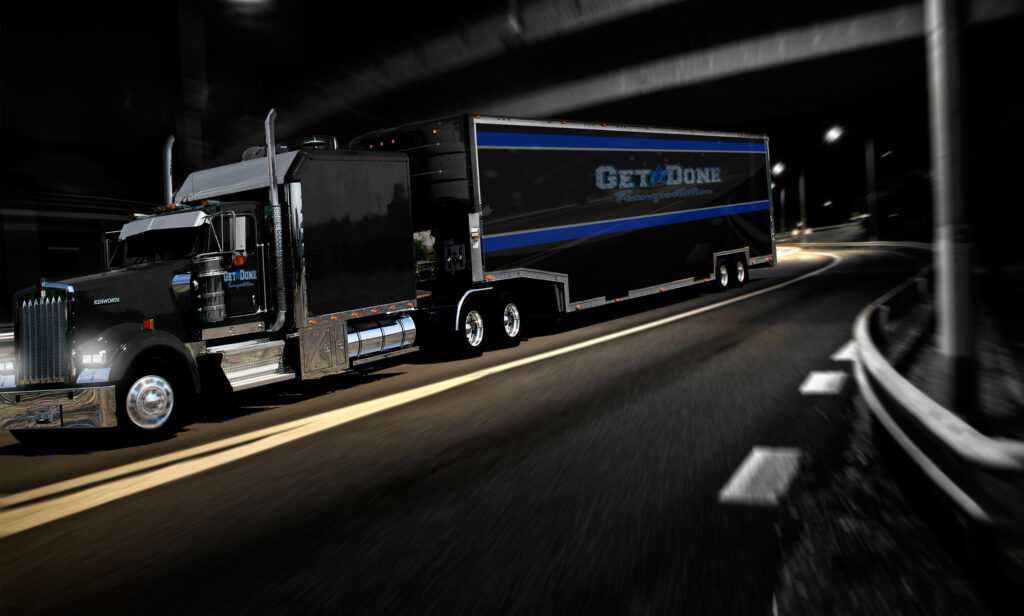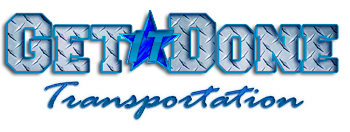The question of insurance is paramount when transporting a vehicle, as it provides a safety net against potential damages and losses. When you hand over your precious asset to a transport company, ensuring its protection is essential. Here’s a detailed exploration of the concept of insurance during vehicle transport.
1. Standard Coverage:
Typically, all reputable auto transport companies offer a basic level of insurance as mandated by law. This insurance covers damages that occur due to accidents, acts of God, or other unforeseen circumstances during transport. It is crucial for customers to inquire about the extent of this coverage to understand what is protected and what is not.
2. Types of Damages Covered:
Generally, insurance covers damages caused during the loading, unloading, and transit of the vehicle. This can include scratches, dents, or more severe damages caused by collisions or accidents. However, personal items left inside the vehicle are usually not covered by transport insurance.
3. Additional Insurance:
For those transporting luxury, classic, or highly valuable vehicles, acquiring additional insurance coverage may be a prudent step. This can be obtained either through the transport company or a third-party insurance provider. It is crucial to evaluate the existing policy’s adequacy and decide whether supplemental coverage is necessary based on the vehicle’s value and the customer’s risk tolerance.
4. Insurance Documentation:
Customers should request a copy of the insurance certificate from the transport company and review the policy details thoroughly. This document will provide specifics about the coverage limits, deductibles, exclusions, and the claims process. Any discrepancies should be addressed and clarified before finalizing the transport agreement.
5. Personal Auto Insurance:
It’s also worthwhile to consult with your personal auto insurance provider to understand if your existing policy offers any coverage during the transport of the vehicle. Some policies may have provisions that extend coverage during transport, offering an additional layer of protection.
6. Vehicle Inspection Report:
Before and after the transport, a detailed vehicle inspection should be conducted, and any pre-existing damages should be meticulously documented. This inspection report, ideally supplemented with photographs, will serve as a critical piece of evidence in case of any disputes or claims arising due to damages incurred during transit.
7. Valuation and Liability:
Understanding the valuation method used by the transport company’s insurance is essential. Some may offer policies based on the actual cash value, while others may have stated amount valuation. Knowing the valuation method and the maximum liability assumed by the company is pivotal in assessing whether additional coverage is required.
8. Enclosed vs. Open Transport:
The type of transport selected may also influence the insurance coverage. Enclosed transport usually offers higher protection levels and, consequently, higher insurance coverage compared to open transport, given the added protection against environmental elements and debris.
9. Claims Process:
Understanding the claims process is crucial in case any damages occur during transit. Customers should inquire about the steps involved, the documentation required, and the time frames for resolution. Prompt reporting of any damages and adherence to the claims procedure is essential for a successful resolution.
10. Exclusions and Limitations:
Insurance policies invariably come with exclusions and limitations. Customers should pay attention to these to avoid surprises during claims. Exclusions may pertain to certain types of damages, circumstances, or parts of the vehicle. Knowing these in advance allows customers to make informed decisions about supplemental insurance.
11. International Shipments:
For vehicles transported internationally, insurance considerations become even more complex due to differing regulations and potential customs involvement. International shipments necessitate comprehensive insurance coverage that accounts for the various risks associated with overseas transport, including transit through multiple countries and exposure to maritime risks.
12. Due Diligence:
The onus is largely on the customer to conduct due diligence regarding insurance. Verifying the transport company’s reliability, reputation, and financial stability is crucial. Reading reviews, seeking recommendations, and comparing multiple companies can aid in selecting a trustworthy transport partner.
13. Customer Awareness:
Heightened customer awareness regarding their rights, insurance provisions, and the overall transport process is integral to securing the vehicle’s safety. This knowledge empowers customers to ask the right questions, demand transparency, and make decisions that align with their protection needs and preferences.
Conclusion:
In conclusion, while insurance during vehicle transport is a standard provision, the nuances involved make it a multifaceted consideration. Comprehensive understanding, meticulous documentation, and proactive communication are pivotal in navigating the insurance landscape during vehicle transport. The multifaceted dimensions of insurance require customers to be vigilant, informed, and proactive in safeguarding their vehicles during transport. By exploring and understanding the intricacies of insurance coverage, limitations, and claims processes, customers can ensure a seamless, transparent, and secure transport experience, mitigating risks and fostering peace of mind in the journey of their vehicles.







